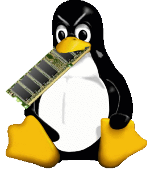As the open source community continues to grow and thrive through the popularity of such enterprise ready platforms as Red Hat, the number of open source medical applications also grows with it. The truth is, medical software is expensive. Most health care providers – doctors, hospitals, dentists, independent clinics – have been under a lot of pressure to maintain or reduce run costs while at the same time continuing to provide the quality patient care and customer service expected of the medical care industry. In an effort to control these costs, many health care organizations are looking toward open source software to help them manage their complex billing and electronic medical records. This is an especially hot topic with the United States government mandating that health care providers move from a paper based system to a primary electronic medical record system over the next two years, complete with short term financial incentives in the form of government refunds for early compliance and hefty fines for late adopters.
With that said, here is a list of some of the top open source billing and EMR software available right now.

